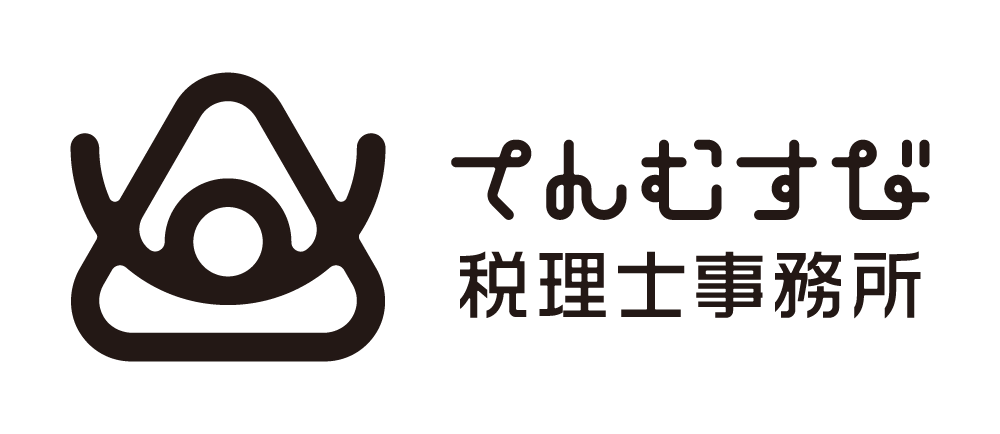コロナのマスク代が個人事業主の必要経費になるか、法人の損金になるか
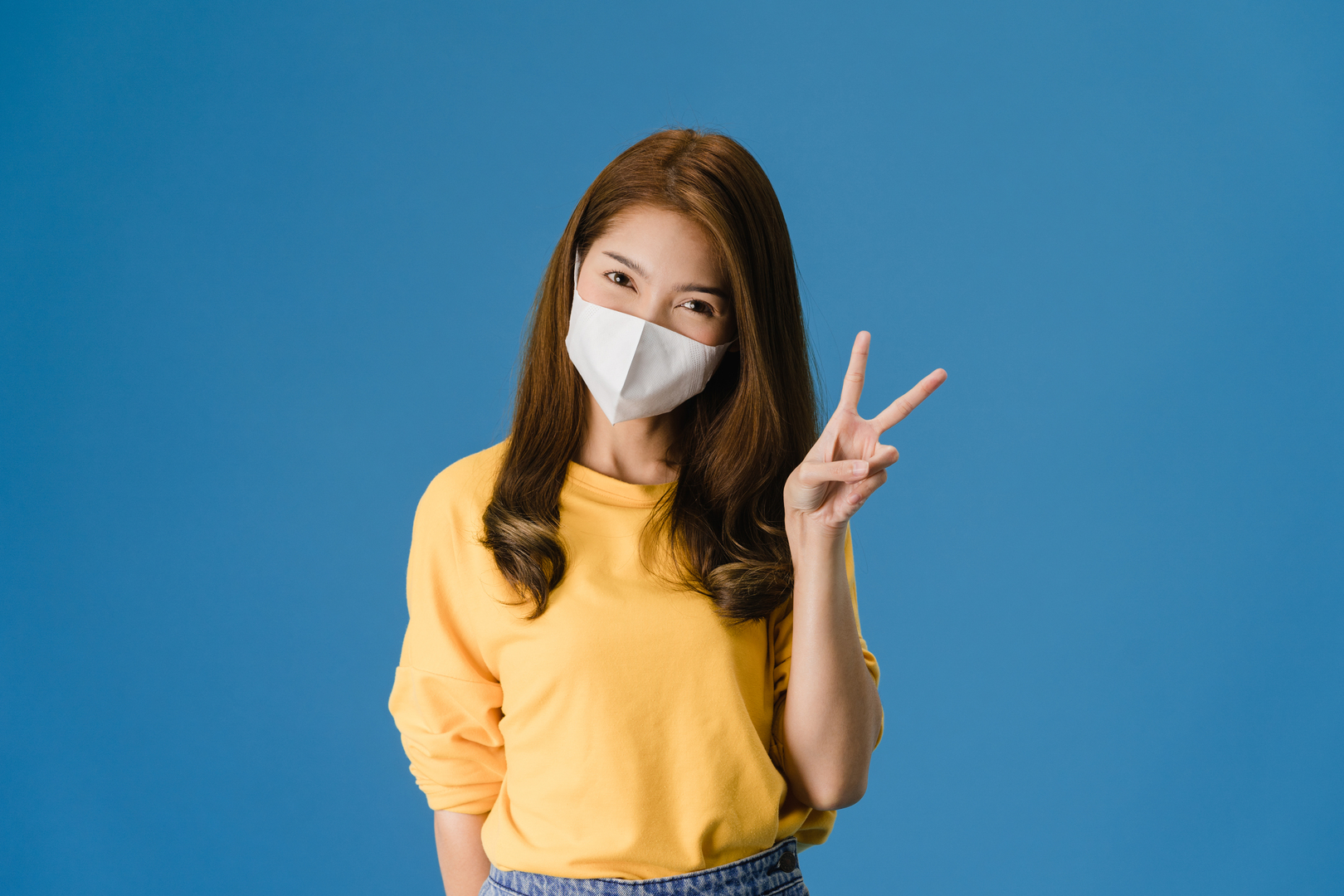
日本で事業活動をしていても、新型コロナウィルスの影響は大きかったです。これから沈静化をするとしても一時期はマスクの需要がとても増えました。このマスクの費用は、所得税や法人税ではどういう扱いになるのでしょうか。マスクの費用を個人事業主の必要経費として経理できるのか、企業が損金として経理できるのかについて説明します。
新型コロナウィルスが落ち着いても、事業との関連性を意識するというのは良い例題です。一緒に考えてみましょう。
導入:個人事業主と法人税の取扱いに関する疑問

新型コロナウイルス対策におけるマスク代やPCR検査費用などの支出について、個人事業主と企業の税金に関する取扱いに疑問が生じています。個人事業主の場合、自己負担したマスク代やPCR検査費用は、事業との関連性がきちんと確認できれば、必要経費として認められます。
一方で、企業が社員に対してマスクを提供する場合は、会社の損金に算入することができます。しかしながら、消耗品費は、入り口の目的で経理処理されることが多いので、途中で用途を変更するなどの可能性がないように注意しておくといいです。もう少し詳しく後述していきます。
支援のために行ったマスクの提供に必要な費用
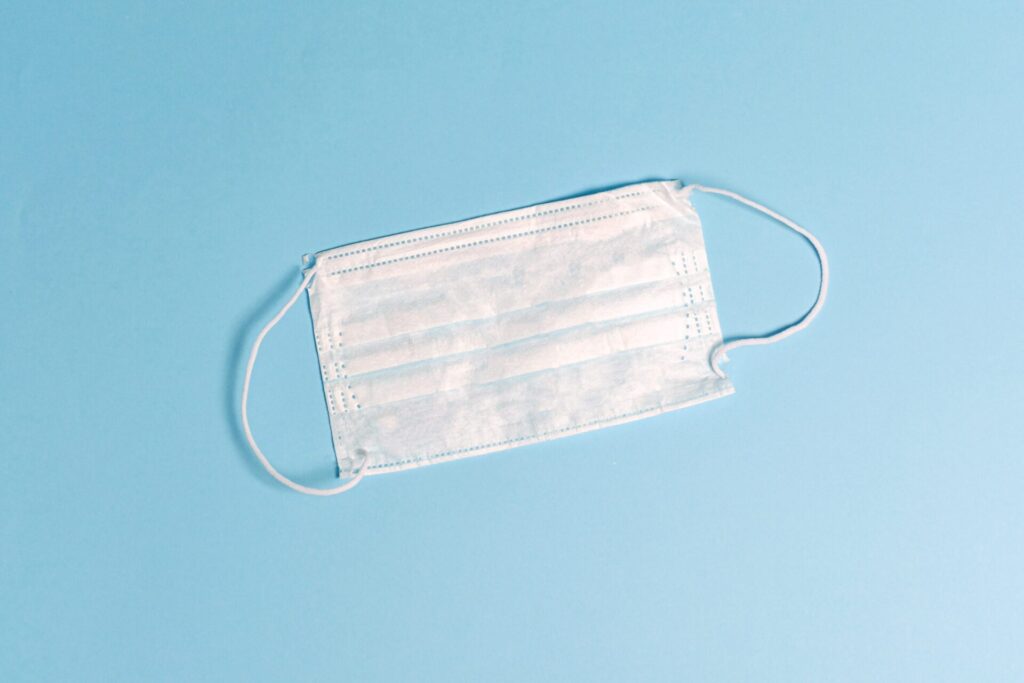
個人が事業で使うマスクの提供費用は個人事業主の必要経費になるか
個人が自身の事業で使用するために購入したマスクを提供する場合、その費用は個人事業主の必要経費として認められます。これは、個人事業主が事業を遂行するために必要な経費であることが条件です。家で使うものとの区別はあいまいかもしれませんが、説明上きちんとできるようにしましょう。例えば、現場仕事をしているのでマスクを頻繁に新しくする必要があるとか、取引先の現場において感染症拡大防止のために必要不可欠な費用であるとか。
なんとなくではなくきちんと経理することで、必要経費として税務上認められます。マスクのように別のことにも使える場合、提供の目的や範囲によっては、(一般の人から見ると)国税庁の見解が変わって見えることがあります。
なお、購入時経理をすることが多いでしょうが、未使用分について、貯蔵品扱いにする論点もあります。量を管理するなどの必要があれば、行いましょう。
企業が自社に行ったマスクの提供費用は会社の損金になるか
企業が自社に行ったマスクの提供費用は、会社の損金に算入することができます。会社にも労働安全衛生法上の責任があるのです。職場環境を良くするために必要な経費ということで、損金に認められます。
ただ、職場環境なので、特定の誰かだけが得するような内容にならないように注意をしておきましょう。特定の誰かということだと、給与や役員給与として考えられてしまう可能性があります。
マスクがなくて、取引先に無料であげたマスク代は必要経費や損金になるか
他社に対する費用は、寄附金として、損金の額に算入することが可能です。
今は落ち着きましたが、マスクがなくて、取引先に無料で提供した場合については、原則的に寄付金の性質を帯びるでしょう。ただ、事業遂行上の性質が大きく、そして少額であれば、損金という処理も有りえます。例えば、下請けで入ってくれている人がマスクを忘れたので、その場で数枚提供したという状態。
状況に応じて変わりますので、この辺りは専門家と話しておきたいですね。
仕訳の方法

仕訳のやり方は、「消耗品費」「福利厚生費」が候補です。どちらにしても間違いということはありません。ただし、一度決めたらその後も継続して同じ科目を使用しましょう。
| 日付 | 借方 | 貸方 | 摘要 | ||
| 3月6日 | 消耗品費 | 6600円 | 現金 | 6600円 | ABC薬局 マスク代 |
| 日付 | 借方 | 貸方 | 摘要 | ||
| 3月6日 | 福利厚生費 | 6600円 | 当座預金 | 6600円 | ABC薬局 マスク代 |
個人事業主、企業によるPCR検査費用の取扱い
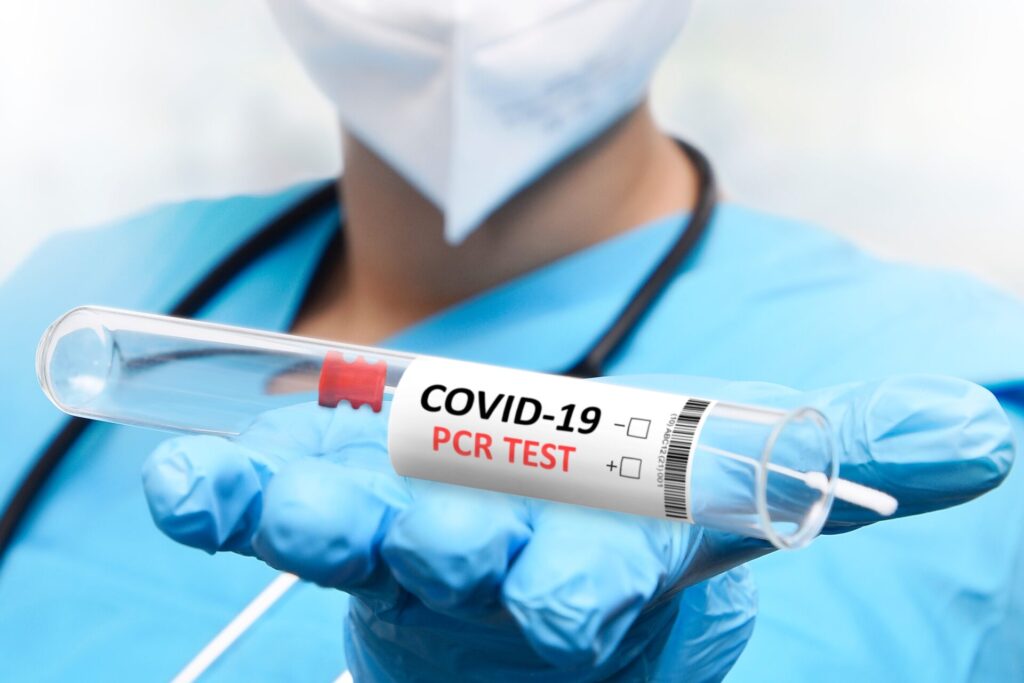
新型コロナウイルス対策において、PCR検査が必要不可欠となっています。PCR検査費用に関して、個人事業主や企業が負担した場合、きちんと事業上の必要性が認められれば、必要経費や損金に入ります。
この場合は、消耗品というよりも福利厚生費でしょう。
| 日付 | 借方 | 貸方 | 摘要 | ||
| 3月6日 | 福利厚生費 | 16,500円 | 現金 | 16,500円 | DEFチェックサービス PCR検査代 |
ただし、従業員に対して公平性が保たれていることが条件となります。何もなしで不安だから受けたという場合に、個人事業主の必要経費になりませんし、企業の損金にもできません。(海外)出張で必要などという理由など、必要性を示すいい例です。
テレワークに関連した消毒費用の課税

テレワークに移行することで、オフィスでのコロナ対策費用に加え、家庭での消毒費用も必要になることがある。このような場合、消毒費用は個人負担となり、仕事とプライベートの区別がつかなくなるため、経費と認められるかどうかが気になるところである。消毒用品は、一般的に消耗品として扱われ、人件費とともに必要経費として認められることが多い。ただし、家庭での消毒費用については、個人で負担することが多いため、そのまま経費と認められることはない。企業が従業員に対して自宅での消毒費用を補償する場合は、課税対象となる場合があるため、注意が必要である。逆に、従業員が自己負担で消毒費用を購入した場合は、確定申告を通じて所得税の全額控除が可能である。テレワークに移行することで、消毒費用が増えることは避けられないが、適切に処理をすることで、必要経費に上乗せして税金を節約できる可能性がある。
常備薬代の勘定科目の仕訳方法
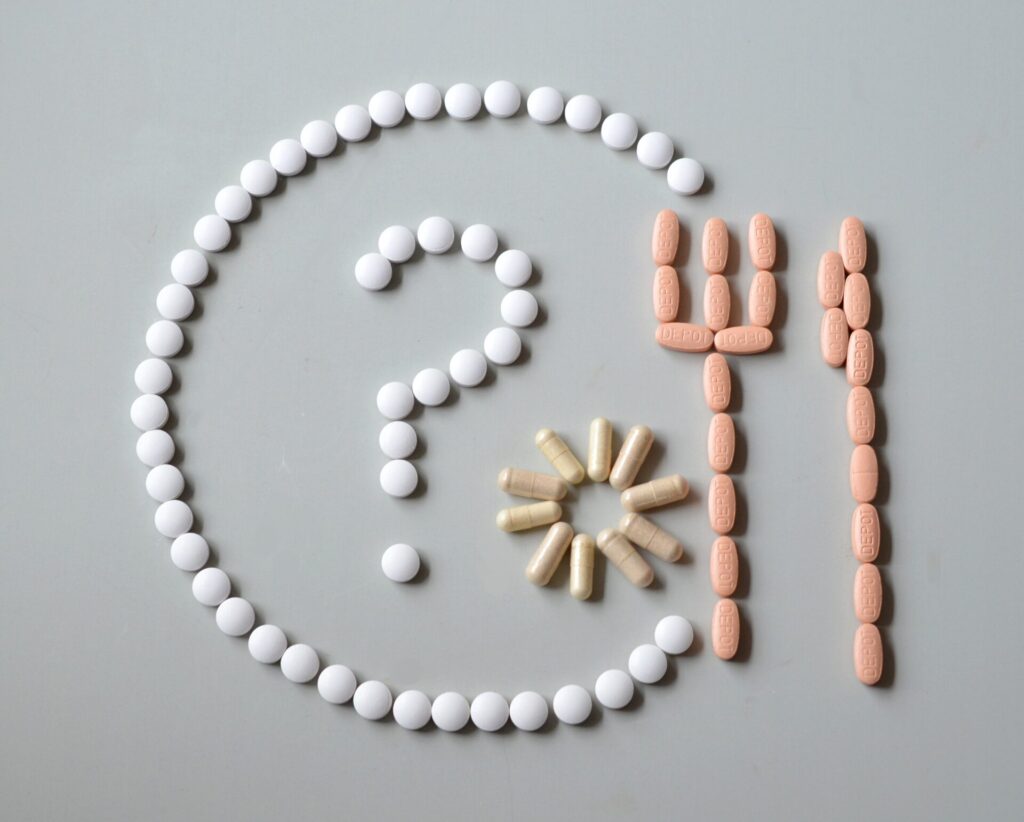
マスクについておさらいすると、事業を完了するために必要性がきちんと認められるものは、必要経費や損金に入りました。これは、常備薬の考え方と一緒です。
常備薬代やマスク代の勘定科目の仕訳方法について、多く場合、消耗品費や福利厚生費として計上しています。消耗品と分けるかどうかは、その科目を管理したいかどうかによります。企業の場合は、福利厚生費に分けた方が感覚的にあいます。個人事業主の場合は、その量によってことなります。年1回程度、少量しか購入しない場合は、消耗品費として他と合わせた方が見やすいでしょう。
| 日付 | 借方 | 貸方 | 摘要 | ||
| 3月6日 | 消耗品費 | 6600円 | 現金 | 6600円 | ABC薬局 マスク代 |
| 日付 | 借方 | 貸方 | 摘要 | ||
| 3月6日 | 福利厚生費 | 6600円 | 当座預金 | 6600円 | ABC薬局 常備薬 |
個人負担したPCR検査費用の医療費控除の対象性
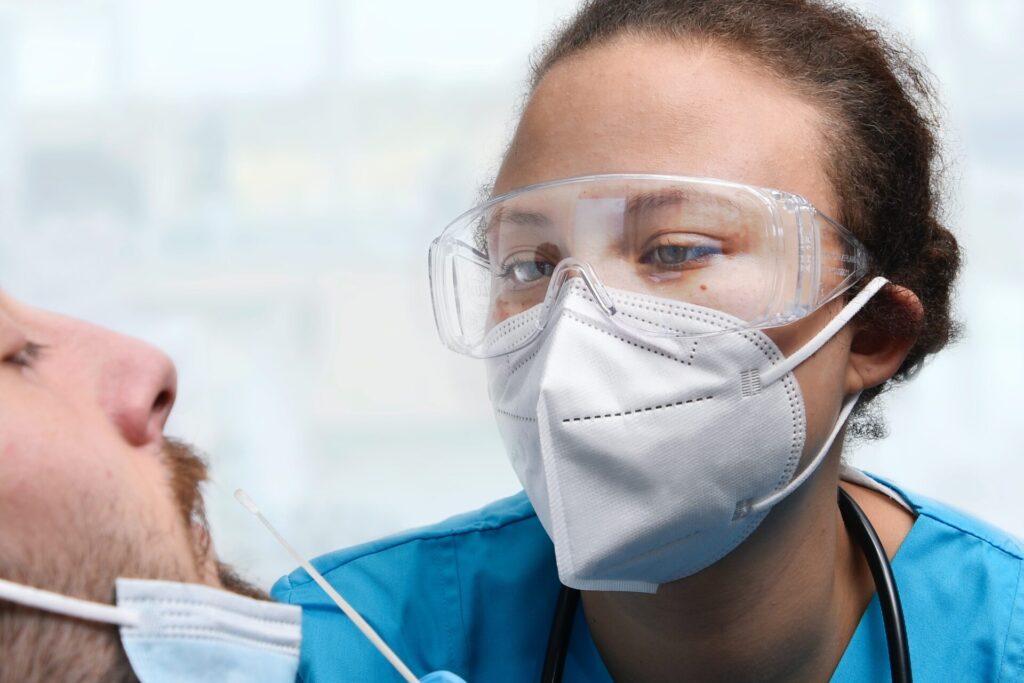
前節では、個人や企業によるPCR検査費用について取扱いについて説明しました。ここでは、個人が負担したPCR検査費用について、医療費控除の対象性について触れます。原則として、個人が旅行目的や単に安心するために行った検査費用は、医療費控除の対象とはなりません。例外として、医師等の判断によってPCR検査を受けた場合は、所得税法に基づいて医療費控除の対象となります。
この考え方は、健康診断と似ています。健康診断は基本的に医療費控除の対象になりません。人間ドッグも同様です。ただし、受診の結果、大きな病気が発見され、その診断等に続き病気の治療を行った場合には、認められます。健康診断や人間ドッグが治療に先立って行われる診察と同様に考えることができるという判断です。その場合、その健康診断等のための費用も医療費控除の対象になります
消耗品費の区切りイメージ

消耗品費の範囲に入るものは、個人事業主や企業によって多少異なります。原則的には、
- 1年未満の短期間で使用するもの
- 購入金額が10万円未満の什器備品
例示をすると、文具、電池、紙など形があるものです。常備薬も形がありますよね。常備薬は職場環境改善の側面があり、福利厚生費にするという考え方も成立します。なお、雑費は消耗品費と異なり、物品を使用するというよりも、その他の費用というイメージです。あまり多用すると雑費が膨れてしまい、なんでもかんでも雑費に入れ込んでいるのではないかという疑問ももたれます。
まとめとして

2020年は新型コロナウイルス対策に関連した必要経費や損金の認められ方について注目が集まりました。多くの企業が感染予防のためのマスクや消毒液を購入し、従業員のテレワーク環境整備や専用機器の購入も行いました。こうしたコストは、一定の要件を満たす場合は、必要経費や損金として認められる場合があります。
仕訳の考え方として、これからの一般的な活動にも応用できますので、おさえておきましょう。
